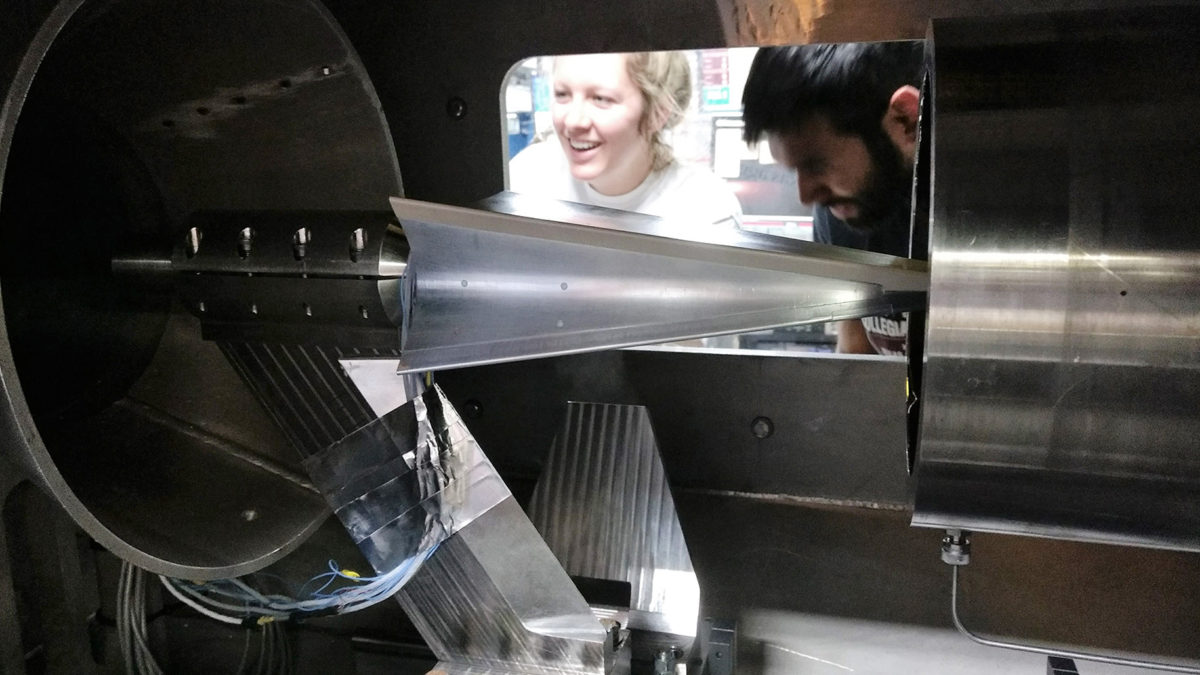By Jon Kelvey
March 1, 2024
Nation-states are blowing up satellites. Companies are launching megaconstellations of thousands of satellites. Dead rocket stages whiz around the planet for years. And yet, the International Space Station hasn’t been destroyed, payloads reach deep space unharmed, and we’re not trapped on Earth — at least not by debris. Either calamity is not upon us or we just don’t recognize it. Jon Kelvey takes the measure of Kessler Syndrome.
By Keith Button
September 1, 2022
June 1, 2022
Developers are improving finite element analysis software so these tools can be included where they would have the greatest impact on budgets and timelines: the type certification process. Anthony Waas of the University of Michigan explains why the time is right to begin embracing virtual testing in the development cycle.
By Keith Button
June 1, 2022
Today, earning type certification for a new kind of passenger jet culminates with months of expensive test flights, some of them harrowing. Keith Button spoke to aerospace engineers who aspire to change this with a bold idea: certification by analysis.
By Keith Button
May 1, 2022
Fielding a hypersonic missile that can cull oxygen from the air for propulsion would mark a dramatic turn in the U.S. and allied race to master hypersonic weaponry. Crafting such designs has proved challenging largely because the physics are not well understood and designs can’t be easily tested in wind tunnels. Keith Button spoke to researchers who think they have a solution.
By Keith Button
February 1, 2022
Safely moving cargo and passengers among buildings and just over treetops will require unique weather information. Keith Button looks at ideas for collecting and delivering the required forecasts and real-time knowledge of conditions.
By Keith Button
June 1, 2021
Designers and urban planners would love to know what the coming class of urban air mobility aircraft will sound like. The trouble has been that many of the designs are still at the digital blueprint stage. Keith Button tells the story of a NASA-developed software that’s poised to solve the problem.
October 1, 2020
Argonne National Laboratory outside Chicago is creating a research program that will empower investigators to apply the sensing qualities of X-rays to the challenge of seeing what goes on inside scramjets, rotating detonation engines and other hypersonic propulsion concepts. The program’s architects describe the technology’s heritage and its time- and cost-saving benefits.
By Keith Button
September 1, 2020
Creating a new breed of aircraft can require extensive prototyping and flight testing. Some of that work might be avoided if software could accurately model the aircraft’s electrical demands under various flight conditions and with different choices of components. Keith Button spoke to engineers at Argonne National Laboratory in Illinois who next year plan to unveil software to do this.
By Keith Button
April 1, 2020
Conjuring a new version of a composite and testing it can be expensive and time consuming. By testing for strength virtually, some materials scientists are beginning to rule out certain blends without making samples, and engineers are learning to rapidly identify the best candidates for specific applications. Keith Button tells the story of this software.
By Keith Button
October 1, 2019
The U.S. is reinvigorating its basic research toward hypersonic flight. One product of that initiative is a sounding rocket that’s scheduled to take off from Sweden next year. It will gather never-before-collected flight data that could help pave the way for development of weapons or vehicles that would maneuver over long ranges in the atmosphere at more than five times the speed of sound, something that no known weapon today can do.
By Debra Werner
March 6, 2017












